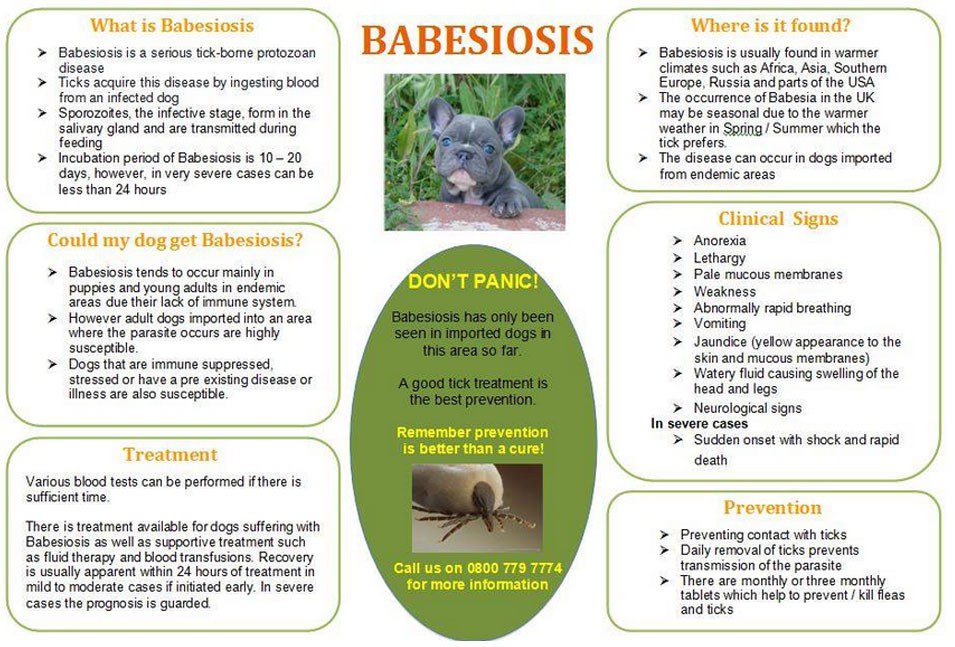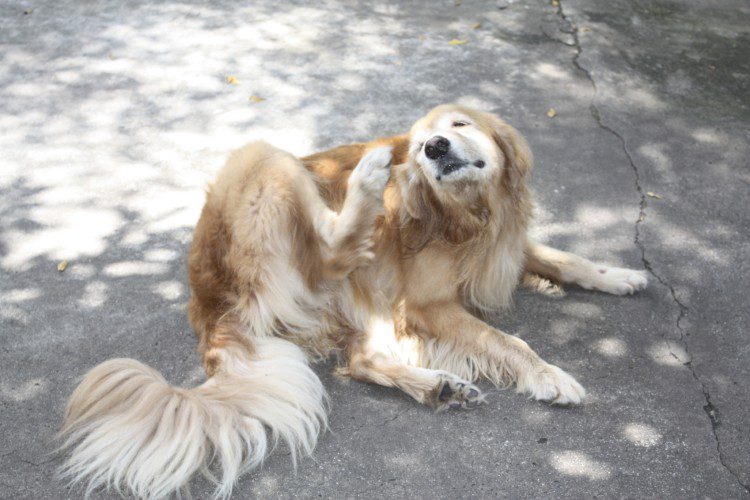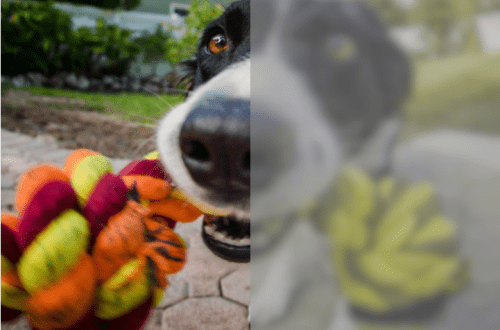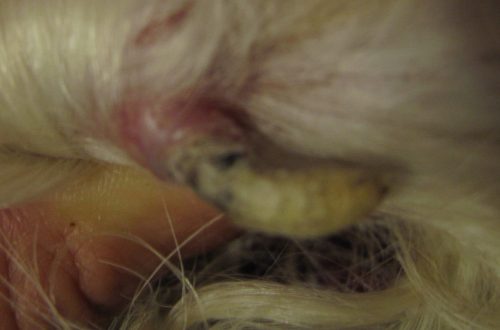
Babesiosis in dogs: prevention
Currently, the prevention of babesiosis in dogs is to prevent the attack of ixodid ticks on them. For this, various repellents are used. To date, there are many preparations of acaricidal and repellent action, used in forms convenient for small animals. It should be noted the variety of forms of release: spray, drops on the withers, powder, collars, wax pencil. According to the chemical composition, these are most often carbamates and pyrethroids.

Of the carbamates, baygon (propoxur, unden, aprocarb) is most commonly used. It is an effective insectoacaricide, has a pronounced acute and rather long residual effect. Included in many insecticidal forms for small animals. Repellents are also widely used by spraying, primarily pyrethroids. Stomazan and neostomazan are used at a dilution of 1:400, butox at a dilution of 1:1000, dogs are sprayed once a week during the entire season of tick parasitism. Organophosphorus compounds are also used. They are conveniently used for dogs in the form of concentrates by applying to the skin of the back or withers, for example, tiguvon-20. for correct application, spread the hair on the withers of the dog and apply the drug to the skin with a pipette. The repellent effect lasts for 3-4 weeks. FRONTLINE (“Front Line”, France) – spray. A bottle of 100 and 250 ml contains fipronil – 0,25 g, excipient – up to 100 ml. It is used for external spraying of dogs and cats to protect against ectoparasites. Dosage: 7,5 mg fipronil / kg animal weight = 3 ml = 6 sprays. In the presence of long hair: 15 mg fipronil / kg body weight = 6 ml = 12 sprays. Sold in bottles of 100 and 250 ml. The drug is applied to the entire surface of the animal’s body, including the head, limbs, abdomen against hair growth, wetting the entire skin. Subsequent treatment of the dog: against ticks – after 21 days. In case of strong tick contamination of the area, treatment should be carried out after 18 days. Collars are quite widely represented on the pet industry market (Kiltix, Bolfo (“Bauer”), Beaphar, Hartz, Celandine, Rolf-Club, Ceva). The duration of protection against ticks is from 3 to 7 months. The collar is worn constantly, it is waterproof. The duration of the protective action depends on the length and grooming of the coat, the activity of the animal, as well as on the number of ticks in the area. In the case of a high number of the latter, the “protective rampart” created by the collar can be overcome. When efficiency decreases, the collar must be replaced with a new one. However, the effectiveness of these drugs depends on a large number of factors (metabolic level, coat density, improper use of the drug) and their prolonged use can cause poisoning and an allergic reaction in the animal. In addition, they are aimed at preventing ticks from attacking animals, and in the event of a bite from an infected individual, B. canis enters the bloodstream and causes disease. 2-fold injection in therapeutic doses of drugs used to treat piroplasmosis with an interval of 10 days.
See also:
What is babesiosis and where do ixodid ticks live
When can a dog get babesiosis?
Babesiosis in dogs: symptoms
Babesiosis in dogs: diagnosis
Babesiosis in dogs: treatment





